ANJODI
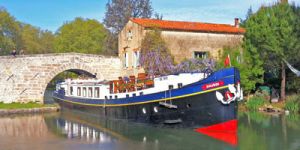
Canal du Midi
Up to 8 guests
Charters and Cabin cruises
Themed charters:
Family, Golf, Wine Appreciation

Château de Paraza is a family-owned vineyard set within the rolling hills of Languedoc. Positioned in the Minervois wine region, a part of the broader Great Wine Region of the Languedoc, the Château de Paraza is predominantly known for producing red and rosé wines.
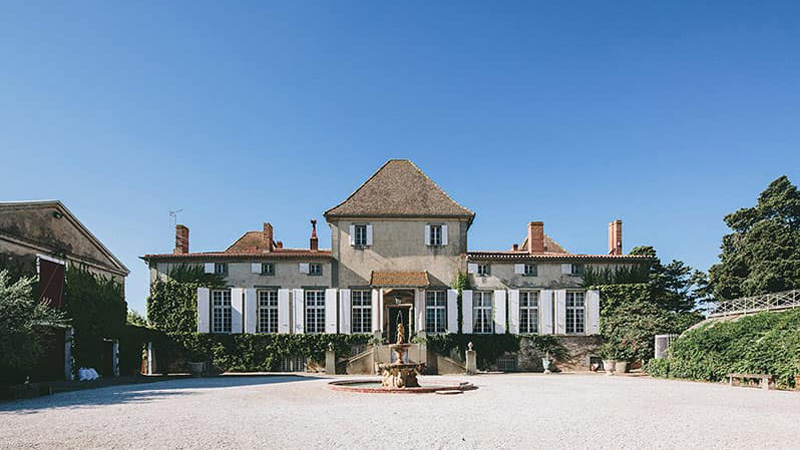
The Château de Paraza has a well-established vineyard with a grand stately home at its center with a history dating back to the 1600s. Once home to Pierre-Paul Riquet, the engineer responsible for designing the Canal du Midi, the Château de Paraza offers views, vineyards and architecture.
Guests cruising on Hotel Barge Anjodi will enjoy a private tour and wine tasting experience at the Château de Paraza, while guests cruising aboard Hotel Barge Enchanté will also enjoy a gourmet lunch as part of their visit.

Located just a stone's throw from the picturesque Canal du Midi, the Château de Paraza was built on land once used to cultivate vines in Roman times. The château at the heart of the vineyard dates to 1612, and in 1620 it belonged to Guillaume Riqeut, the father of the famous architect, Pierre-Paul Riquet.
Riquet lived at the Château de Paraza during the seventeenth century because it was conveniently close to the Canal du Midi, which he had designed and was working to construct. The Canal du Midi was invented by Riquet as a way of linking the Mediterranean Sea to the Atlantic Ocean to increase trade. With financial assurance from King Louis XIV, construction got under way in 1667. The project was the second most expensive of its time, beaten only by the construction of the world-famous Palace of Versailles.
During the time that Pierre-Paul Riquet lived at the Château de Paraza, the property was actually owned by the Seigneur de la Jougla. When Riquet finally left the château, he agreed to the wedding between his daughter and the son of the owner, as a symbol of his gratitude. Pierre-Paul Riquet also instructed for a series of patios to be created at the Château de Paraza, decorated with hanging gardens all the way down to the canal.
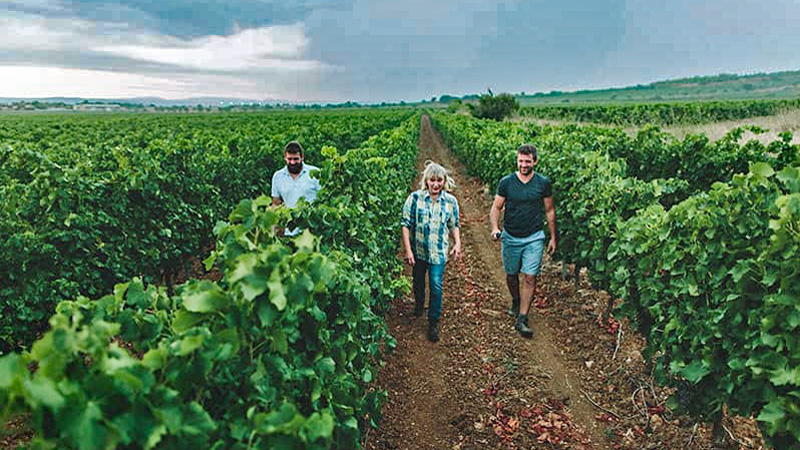
The Château de Paraza, acquired by Annick and Pascal Danglas in 2005, has undergone a complete transformation under their charge. Annick and Pascal have a passion for travel, history and wine and decided to challenge themselves to create their own brand of wine. Along with the help of their three older children, they have modernized and restored the Château de Paraza.
The unique soils are known to winegrowers as "terroirs". The soils of the Château de Paraza vineyard belong to a part of the Minervois wine region known as "Le Serres", which is mainly made up of clay-limestone constituents. The vines planted on the site range up to fifty years old, but the average age is about thirty.
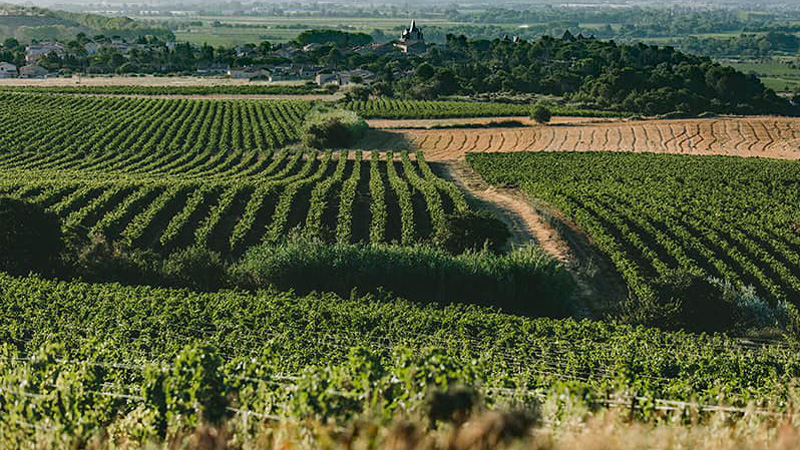
The Danglas family has done much to modernize the Château de Paraza: introducing new equipment, new grape varieties, and sustainable agriculture. The methods used to cultivate the vines at the site could be compared to those in organic farming. The family strongly believes in a sustainable approach to winemaking that respects the terroirs that the vines are grown in, and their methods require them to keep intervention to a minimum.
At the Château de Paraza, the Danglas family has reduced the chemicals that are used to weed and clean the wine vats. Other ways that sustainability is promoted include using natural methods to manage pest problems and increasing biodiversity. The packaging used for wines is also recyclable and is sourced from Forestry Stewardship Council certified forests.
The Minervois wine region is thought to have been used to grow grape for thousands of years. The evidence of wine growing in the lands surrounding the Château de Paraza dates back to at least the Romans, as there are mentions of the wines from the area in ancient Roman texts by Pliny the Younger and Cicero. The region's name, "Minervois", is derived from the Greek Goddess, who was known to Romans as Minerva.

The vineyards in the Minervois region were cultivated over many generations and production increased during the 17th and 18th centuries. The building of the railways and the Canal du Midi in the 19th century meant that it was easier to export wines from the Minervois region to elsewhere in France, and to the rest of the world. However, this came with the consequence of over production.
During the 20th century, the entire Languedoc area was hit by mildew blights and poor harvests, which were the result of over production. New vineyards had become established all over the world as the French empire expanded and this meant that there was more competition within the wine industry. Many of the winemakers revolted during this period and eventually, Minervois was awarded an appellation in 1985, guaranteeing the origin of its wine and protecting its status as a winegrowing region.
Since the appellation, Minervois has gained prestige around France and abroad for its impressive quality wines. With the designated status, winemakers have been able to invest in more expensive equipment, vineyard management and experiment with new techniques. More than 90% of the wines exported from Minervois are red wines.
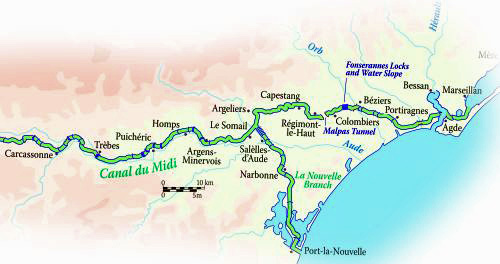
Canal du Midi between Carcassonne and Marseillan, France
HOME > REGIONS > France > Canal du Midi > Château de Paraza